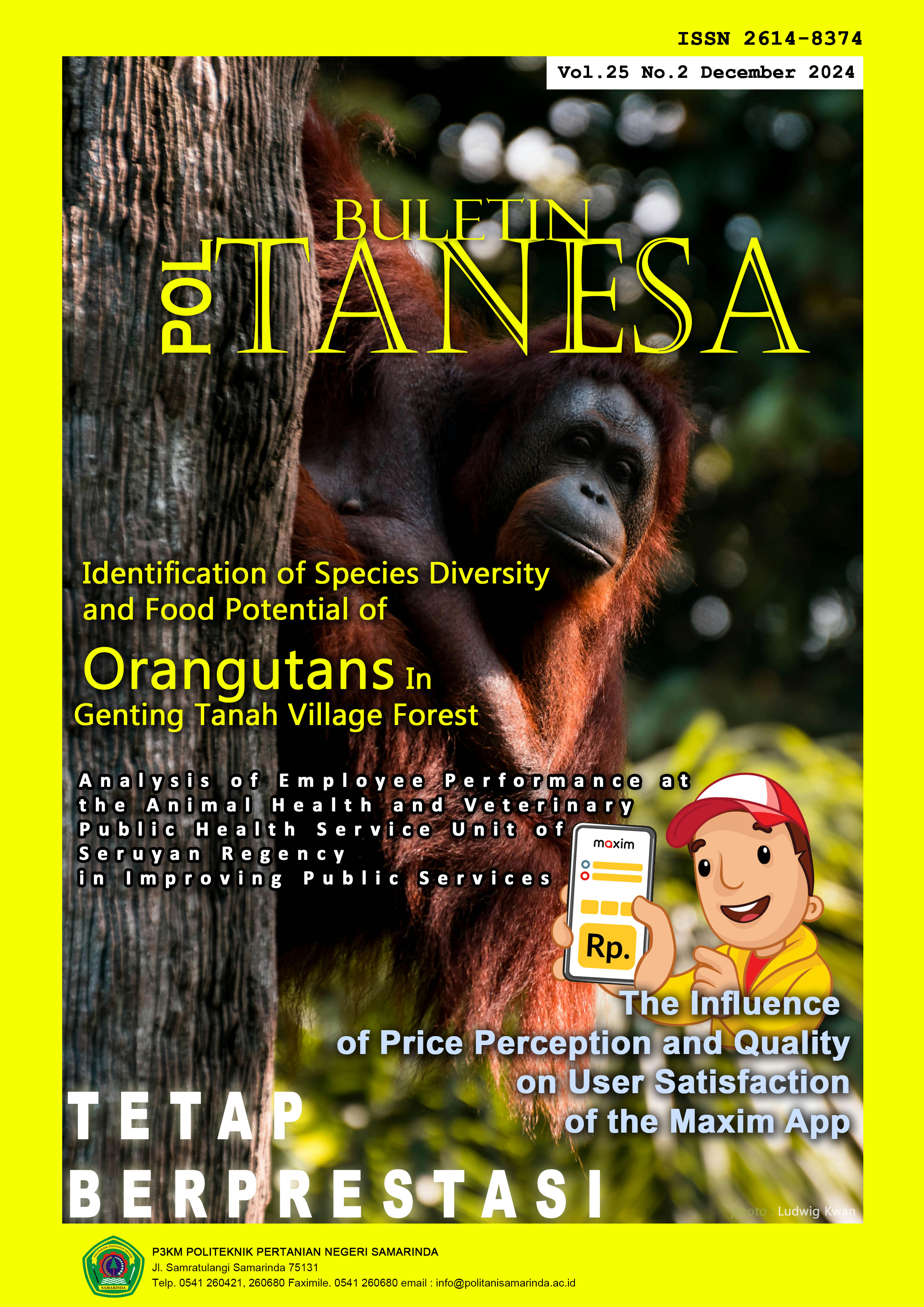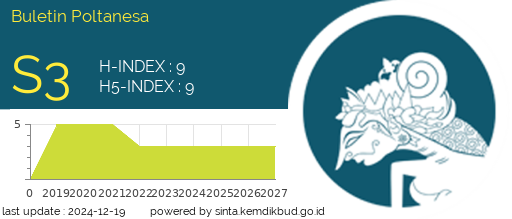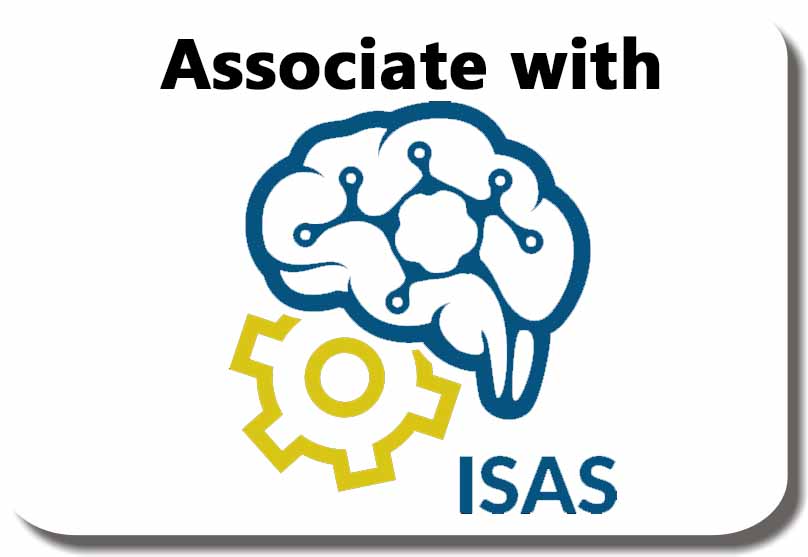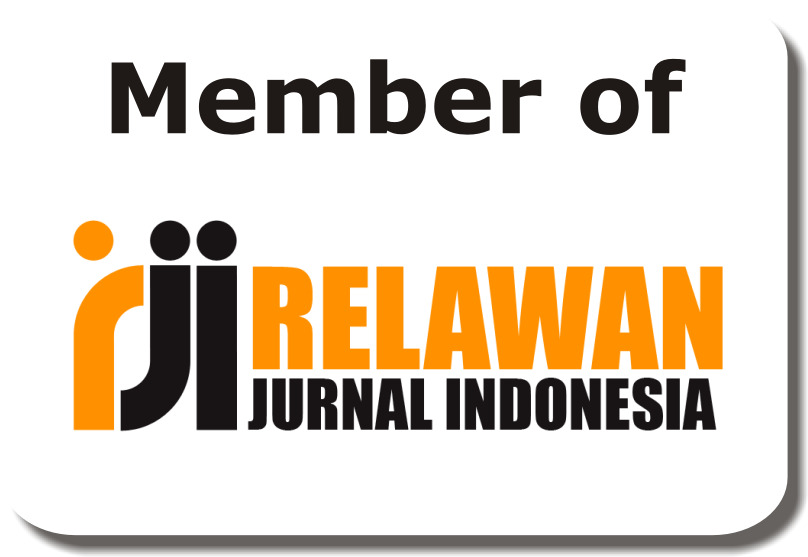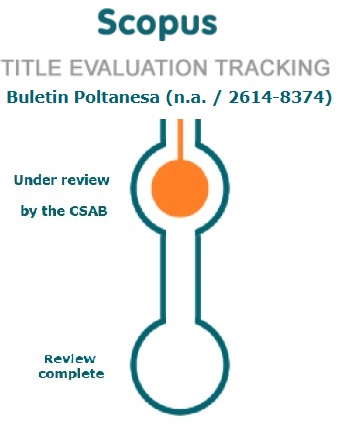Duolingo Application as A Mean to Deepen Understanding of English Vocabulary by Students of English Educational Department Timor University
DOI:
https://doi.org/10.51967/tanesa.v25i2.3189Keywords:
Duolingo Application, Vocabulary, unimorAbstract
This study aimed to explain the role of the Duolingo application in improving English vocabulary comprehension and to provide valuable insights for educators regarding the potential of digital applications in English language learning. The Duolingo application is expected to help students of the third semester from English Educational Department at Timor University to deepen their understanding of English vocabulary. This research used a qualitative approach, the instruments used in this research were a vocabulary test and a questionnaire. The results of the vocabulary test showed that students who used the Duolingo application had a better understanding of vocabulary. The average test score was 76.7, with the highest was 93.38, indicating that the use of this application was able to provide a deep understanding of vocabulary, the lowest score was 66.7. The results from the questionnaire revealed that 50% of students strongly agreed and 50% agreed that Duolingo helped them quickly correct mistakes after each exercise. However, 60% of students felt that the application's features had a minimal effect on improving their learning experience, while 30% strongly disagreed. In terms of engagement, 60% of students regularly used the Duolingo application to learn English, while 40% did not. Furthermore, 80% of students felt that learning English
became easier with Duolingo, while 20% agreed. 50% of students strongly agreed that the features within the application assisted in the learning process, while the other 50% agreed. 50% of students felt more enthusiastic about learning with this application, and the other 50% also agreed. The engagement and flexibility of the application were recognized as motivating factors for students to continue learning, with 50% strongly agreeing and 50% agreeing. However, there were challenges related to the use of community features. Only 20% of students strongly agreed that they were engaged with community features such as forums or study groups, while 40% disagreed and 40% strongly disagreed. On the other hand, 60% of students felt that motivational elements such as rewards and challenges influenced how often they used the application to study. In conclusion, the Duolingo application proved to be effective in deepening English vocabulary comprehension among third semester students of the English Educational Department at Timor University. This research provided valuable insights into the effectiveness of the Duolingo application as a tool for learning English vocabulary among students.
References
Bluman, A. G. (2018). Elementary statistics: A step-by-step approach (10th ed.). McGraw-Hill Education. https://www.mheducation.com/highered/product/elementary-statistics-step-by-step-approach-bluman/M9780073401336.html
Brown, T. J. (2023). Fundamentals of statistics: An applied approach. Academic Press. https://www.elsevier.com/books/fundamentals-of-statistics/brown/978-0-12-815303-5
Bryman, A. (2016). Social research methods (5th ed.). Oxford University Press. https://global.oup.com/academic/product/social-research-methods-9780199689453
Garcia, P. R. (2023). Statistics for data science: Theory and applications. Data Insights Press. https://www.datainsightspress.com
Grego, J., & Vesselinov, R. (2022). Duolingo effectiveness study: An evaluation of language learning outcomes. International Journal of Language Studies, 16(2), 1–20. https://doi.org/10.18769/ijls.2022.299
Hadi, Y. D. K. K. (2020). Using Duolingo application to improve student vocabulary for first grade at MA At-Thohiriyah Ngantru Tulungagung [Institution]. https://repository.unida.ac.id/handle/123456789/236
Hernández, J. (2023). Statistical methods for data analysis: A comprehensive guide. Academic Press. https://www.elsevier.com/books/statistical-methods-for-data-analysis/hernandez/978-0-12-823453-7
Lee, H., Kim, Y., & Park, J. (2020). The Impact of Duolingo on Language Learning and Students' Vocabulary Acquisition. Journal of Educational Technology & Language Learning, 15(4), 123-138. https://doi.org/10.1016/j.jettll.2020.05.003
Miller, R. A. (2017). Statistics: Concepts and applications for research. Research Press. http://www.researchpress.com
Pardosi, L., & Siahaan, D. G. (2022). Pelatihan dan sosialisasi platform Edmodo kepada guru SMA Negeri 1 Demon Pagong Flores Timur di masa pandemi Covid-19. Dharma Pengabdian Perguruan Tinggi (DEPATI), 2(2), 60–64. https://www.journal.ubb.ac.id/index.php/depati/article/view/3223
Siahaan, D. G., Bria, M. J. J., & Kamlasi, I. (2022). Improving the Students’ Vocabulary through Short Story of Eight Grade Students MTs. Nurul Falah Kefamenanu. ICONELT, 3, 211-218. https://doi.org/10.15642/iconelt.2022.3.211-218
Siahaan, D., & Pardosi, L. (2022). Pelatihan dan sosialisasi aplikasi e-learning Edmodo pada masa pandemi COVID-19 di SMPN 1 Ndona. Dharma Pengabdian Perguruan Tinggi (DEPATI), 2(1), 42-46. https://doi.org/10.33019/depati.v2i1.2899
Siahaan, D., & Pardosi, L. (2024). Sosialisasi dan optimalisasi e-learning bahasa Inggris dan biologi menggunakan Edmodo kepada mahasiswa prodi peternakan Unimor. Dharma Pengabdian Perguruan Tinggi (DEPATI), 4(1), 13-18. https://doi.org/10.33019/depati.v4i1.4557
Smith, A. B. (2023). Introduction to statistics: Concepts and applications. London, UK: Statistical Press. Retrieved from https://www.statisticalpress.com
Thompson, L. M. (2023). Applied statistics for the social sciences. New York, NY: Social Science Publishers. Retrieved from https://www.socialsciencepublishers.com
Weiss, N. A. (2021). Introductory statistics (10th ed.). Pearson. Retrieved from https://www.pearson.com/store/p/introductory-statistics/P100000724376
Wilkins, D. A. (2019). The influence of vocabulary on language learning. In S. Thornbury (Ed.), How to teach vocabulary (2nd ed., pp. 18–36). Harlow: Pearson Education Limited. Retrieved from https://www.pearson.com/store/p/how-to-teach-vocabulary/P100000720427
Downloads
Published
How to Cite
Issue
Section
License
Copyright (c) 2024 Buletin Poltanesa

This work is licensed under a Creative Commons Attribution-ShareAlike 4.0 International License.
The copyright of this article is transferred to Buletin Poltanesa and Politeknik Pertanian Negeri Samarinda, when the article is accepted for publication. the authors transfer all and all rights into and to paper including but not limited to all copyrights in the Buletin Poltanesa. The author represents and warrants that the original is the original and that he/she is the author of this paper unless the material is clearly identified as the original source, with notification of the permission of the copyright owner if necessary.
A Copyright permission is obtained for material published elsewhere and who require permission for this reproduction. Furthermore, I / We hereby transfer the unlimited publication rights of the above paper to Poltanesa. Copyright transfer includes exclusive rights to reproduce and distribute articles, including reprints, translations, photographic reproductions, microforms, electronic forms (offline, online), or other similar reproductions.
The author's mark is appropriate for and accepts responsibility for releasing this material on behalf of any and all coauthor. This Agreement shall be signed by at least one author who has obtained the consent of the co-author (s) if applicable. After the submission of this agreement is signed by the author concerned, the amendment of the author or in the order of the author listed shall not be accepted.

